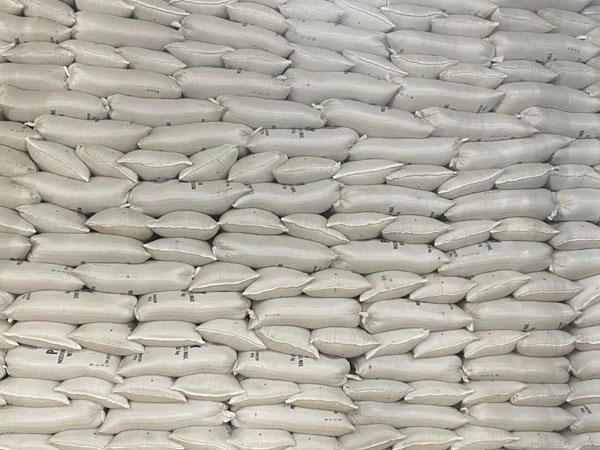 Pakistan, July 20 -- ISLAMABAD - Pakistan's food exports declined by nearly 4% in FY25, falling to $7.116 billion from $7.369 billion the previous year, ending a 20-month streak of growth. According to data from the Pakistan Bureau of Statistics, this dip was mainly driven by a sharp drop in rice shipments, which have historically formed a major part of the country's food export earnings.
Pakistan, July 20 -- ISLAMABAD - Pakistan's food exports declined by nearly 4% in FY25, falling to $7.116 billion from $7.369 billion the previous year, ending a 20-month streak of growth. According to data from the Pakistan Bureau of Statistics, this dip was mainly driven by a sharp drop in rice shipments, which have historically formed a major part of the country's food export earnings.
Rice exports saw a significant decline of 14.72%, slipping from $3.931 billion to $3.353 billion. Although basmati rice volume increased by 4.48% to 808,643 tonnes, its value dropped by 5.3% to $830.57 million. Meanwhile, non-basmati rice saw a bigger hit, with its value dropping 17.42% and quantity reducing by 4.65% to 5.009 million tonnes.
Other food categories also reported negative trends. Meat exports dropped by 3.24%, while vegetable and fruit exports declined by 14.53% and 10.29%, respectively. However, fish and fish product exports offered a silver lining, showing a healthy increase of 13.44%, supported by stronger global demand and better local supply.
Earlier in June 2024, the government had approved the export of 150,000 tonnes of sugar, but actual shipments exceeded 757,000 tonnes by March 2025. Later, export restrictions were imposed again due to local supply concerns, impacting the overall export dynamics in the food sector.
Outside food exports, some non-textile sectors saw improvement. Engineering goods rose by 16.46%, footwear exports increased by 8.88%, and cement exports surged 23.74% in value. On the other hand, traditional items like carpets, sports goods, and gur (jaggery) saw noticeable declines in export volumes and earnings.
Despite high inflation and the rising cost of local food items, value-added food product exports saw minimal growth. Experts suggest that poor pricing strategies, outdated processing, and fluctuating government policies continue to limit the full potential of Pakistan's agri-based export industry.














© Copyright 2025 The SSResource Media.
All rights reserved.